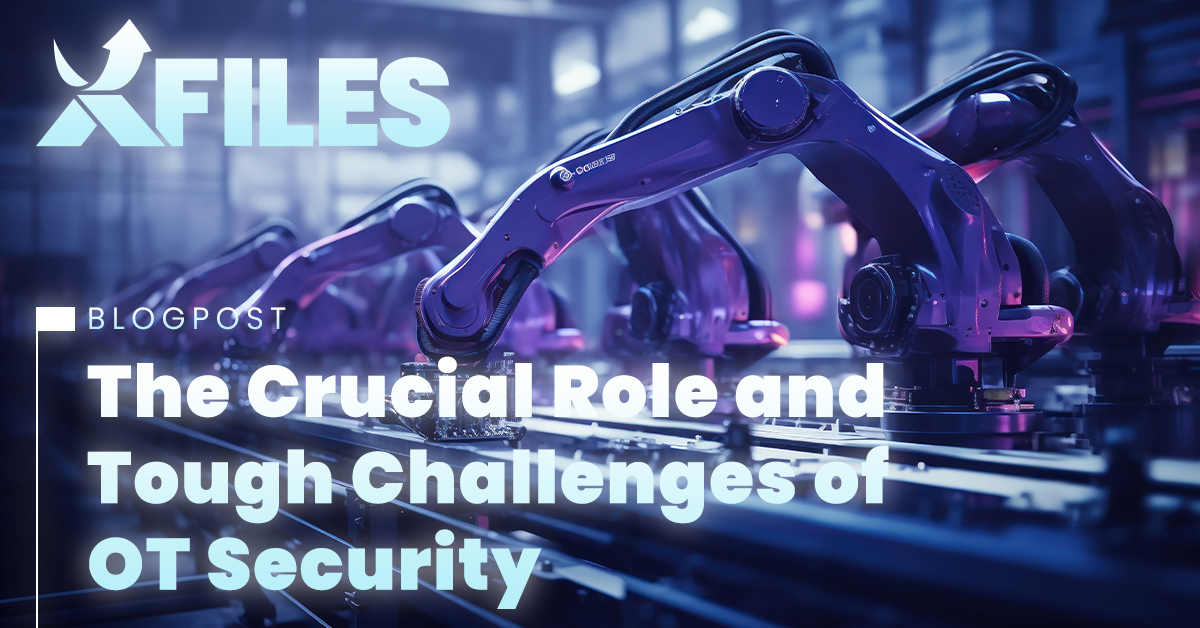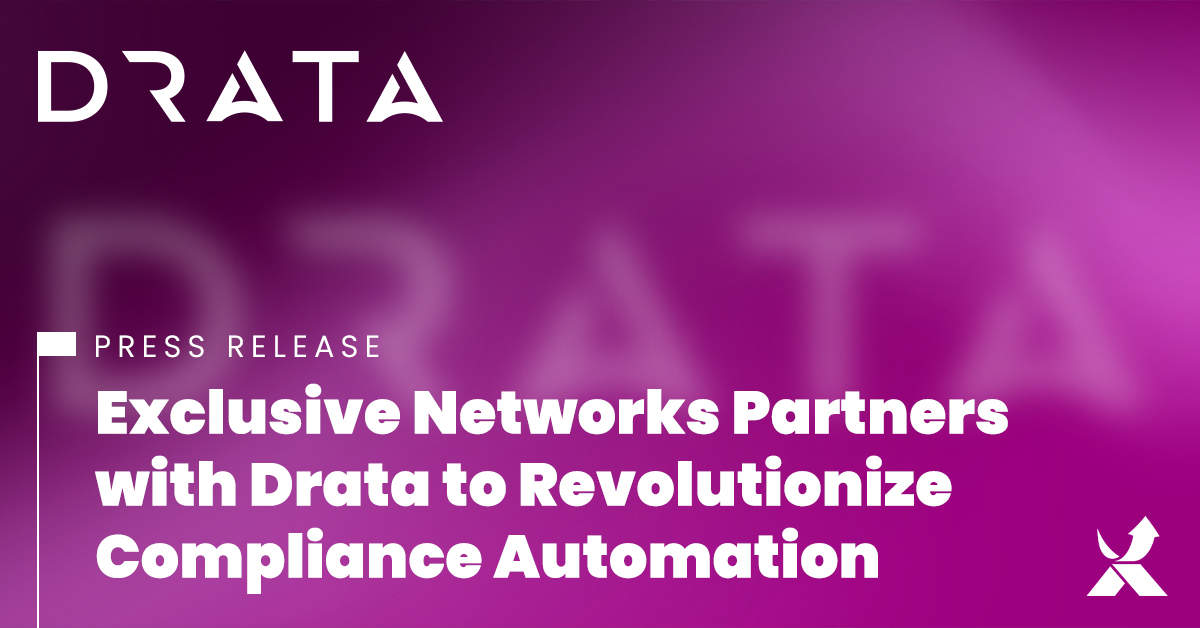
Let’s dive into the world of Operational Technology (OT) security. Buckle up, because we’re about to explore why it’s so important and the hurdles businesses face in keeping their OT systems safe and sound.
Why OT security matters
First things first, why should we care about OT security? Well, imagine this: you’re running a factory churning out widgets by the truckload. Your production line is powered by a complex network of machinery, sensors, and controllers – that’s your OT in action. Now, imagine if a cyberattack took down your OT systems. Chaos, right?
OT security is all about keeping the wheels turning in industries like manufacturing, energy, and transportation. It’s about safeguarding critical infrastructure from cyber threats that could disrupt operations, cause downtime, or even pose safety risks to workers and the environment.
The challenges we face
OT security isn’t a walk in the park. Here are some of the top challenges businesses grapple with:
Legacy Systems:
A lot of OT infrastructure out there is older than your grandpa’s favorite vinyl record. These legacy systems were built in a pre-cybersecurity era, which means they often lack the built-in defenses of modern IT systems.
Complexity:
OT environments can be as tangled as a plate of spaghetti. You’ve got machines from different manufacturers, running on diverse protocols, and speaking different languages. Securing this mishmash of tech requires a delicate balancing act.
Downtime Dilemma:
Unlike IT systems, which can often be taken offline for maintenance or updates, OT systems need to keep humming along 24/7. Any disruption to production can mean lost revenue, angry customers, and a dent in your bottom line.
Skills Shortage:
Finding folks with the right mix of OT know-how and cybersecurity is like searching for a needle in a haystack. The demand for OT security experts far outstrips the supply, leaving many businesses scrambling to fill the gap.
Navigating the OT security landscape
How do we tackle these challenges head-on? Here are a few strategies to consider:
Risk Awareness:
Understand the unique risks facing your OT systems and prioritize security measures accordingly. Conducting regular risk assessments can help identify vulnerabilities and fortify defenses where they’re needed most.
Modernization:
Consider upgrading legacy OT systems with newer, more secure technology. This might involve replacing outdated hardware, updating software, or implementing modern security controls.
Training and Education:
Invest in training programs to upskill your workforce on OT security best practices. Whether it’s in-house training sessions, online courses, or certifications, arming your team with the right knowledge is key to staying ahead of the curve.
Collaboration:
OT security isn’t a one-person job – it takes a village. Partner with industry peers, cybersecurity experts, and government agencies to share information, collaborate on solutions, and stay one step ahead of cyber threats.
Conclusion
In a world where digital disruption is the name of the game, OT security is more important than ever. By understanding the unique challenges facing OT environments and taking proactive steps to mitigate risks, businesses can ensure their critical infrastructure stays safe, secure, and operational.


